November is Epilepsy Awareness Month, and since 65 million people around the world – including 3.4 million in the US – have epilepsy, it’s likely that at some point in your life you will know someone with epilepsy, and possibly witness a seizure. Whether it’s a family member or friend, or a situation you witness out in public, it’s good to know how to render aid in the event of a seizure. So, what is epilepsy? What is a seizure? How can you help?
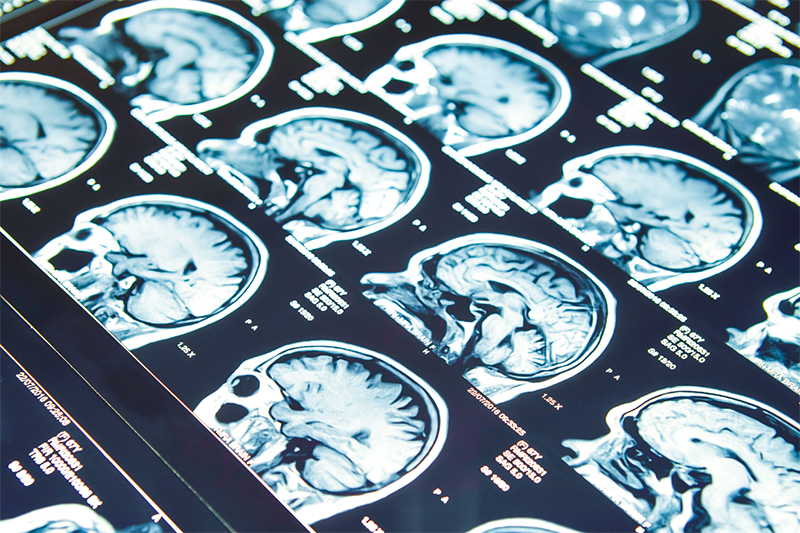
What is Epilepsy?
Epilepsy is a condition that affects the nervous system and the brain. It is a chronic condition that causes an electrical malfunction in the nerves of the brain, resulting in seizures. Epilepsy can be a result of a brain injury or it can be genetic, but the cause is often unknown.
What is a seizure?
A seizure is a sudden electrical disturbance in the brain. The onset is quick and can result in a change of behavior that can range from a faraway, ’lost in space’ demeanor to a full loss of consciousness and jerky or thrashing uncontrolled movements.
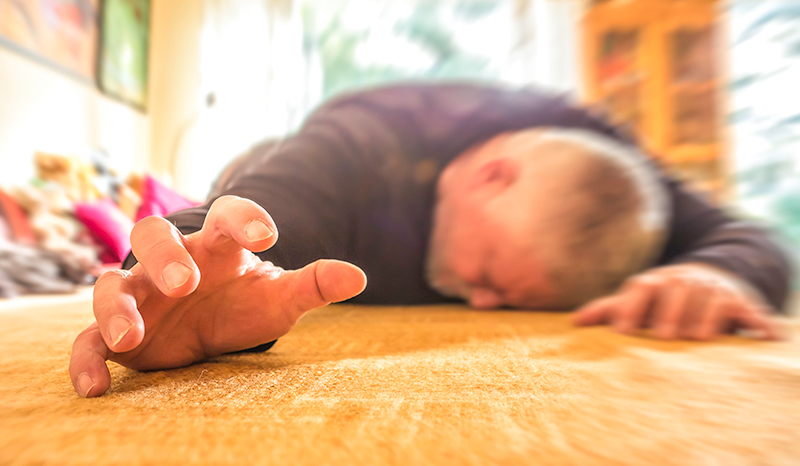

How can I help someone having a seizure?
Grand mal, or tonic-clonic, seizures are the type of seizures most people think of when they hear the word. These are the types of dramatic seizures that often result in a partial or complete loss of consciousness and shaking or jerky movements.
You may witness the person go blue around the mouth due to irregular breathing, bite their tongue, or even lose control of their bladder or bowels. First aid, in this case, is more prevention of additional injury during the time that the person is not in control of their body. Here is what you need to know in order to help:
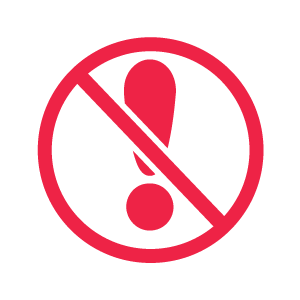
First, it’s important to remain calm and recognize that the seizure will end on its own. There is nothing you can do to stop it once it has started, and trying to stop it may injure the person more than the seizure itself. Check to see if the person has a medical bracelet or emergency information, and try to determine if this is their first seizure.
Help the person gently onto the floor on their side. This will keep them from falling, and help them to breathe. Provide a cushion for their head, and make sure that you clear away any furniture or hard or sharp objects that could cause injury during the seizure. Instruct other people to stay out of the way.
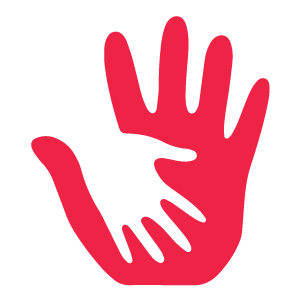
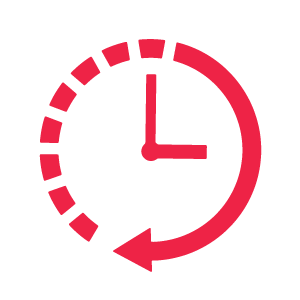
Time the seizure – look at your watch when it starts and time its length. If the seizure continues for more than 5 minutes, call 9-1-1.
Stay with the person until they have fully recovered and remain calm.
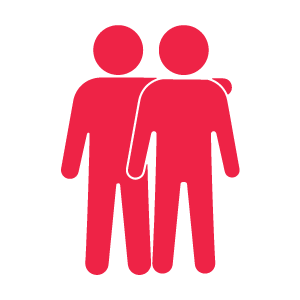

Do not try to restrain the person’s movements or place anything in their mouth. They cannot swallow their tongue, but they CAN choke on anything placed in their mouth, or injure their teeth or jaws.
Don’t try to move the person more than helping them to the floor and rolling them on their side.


When is a seizure an emergency?
A seizure is frightening but does not always require emergency medical attention. A seizure is considered an emergency if:
- The person has never experienced a seizure before.
- The person has difficulty breathing or walking after the seizure has ended, or does not fully regain consciousness.
- The seizure lasts longer than 5 minutes.
- The person has another seizure shortly after the initial one.
- The person is injured during the seizure.
- The person has another health condition, such as heart disease or diabetes.
- The person is pregnant.
While seizures can be scary, they are not always a cause for emergency. The most important thing you can do is try to position the person experiencing the seizure in a situation where they are at less risk of hurting themselves.
Stay safe and take care of each other,
Dr. Mom

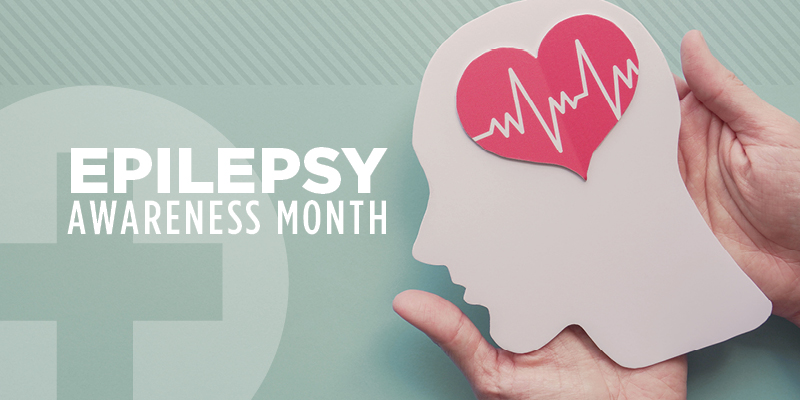
Back to Blog